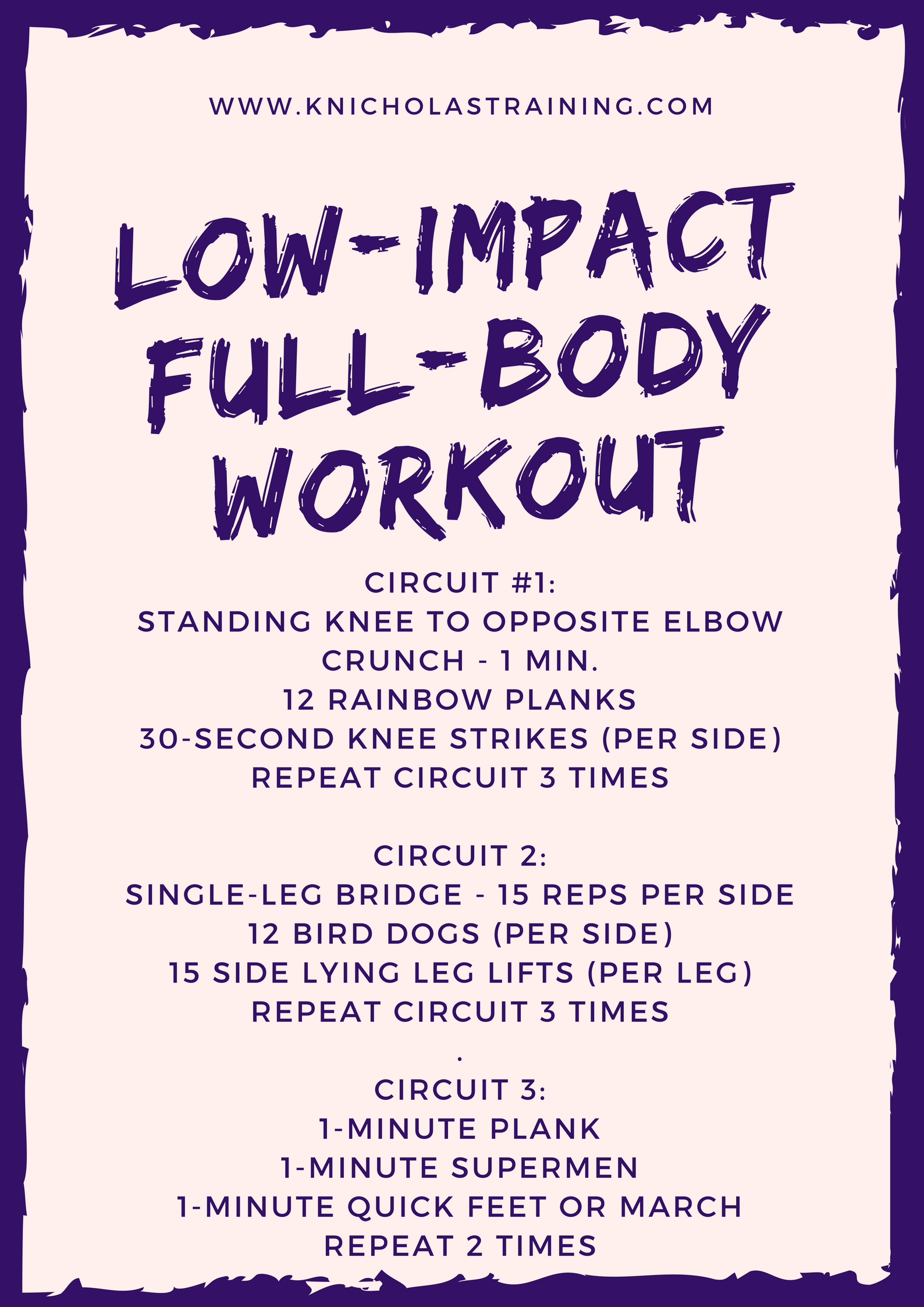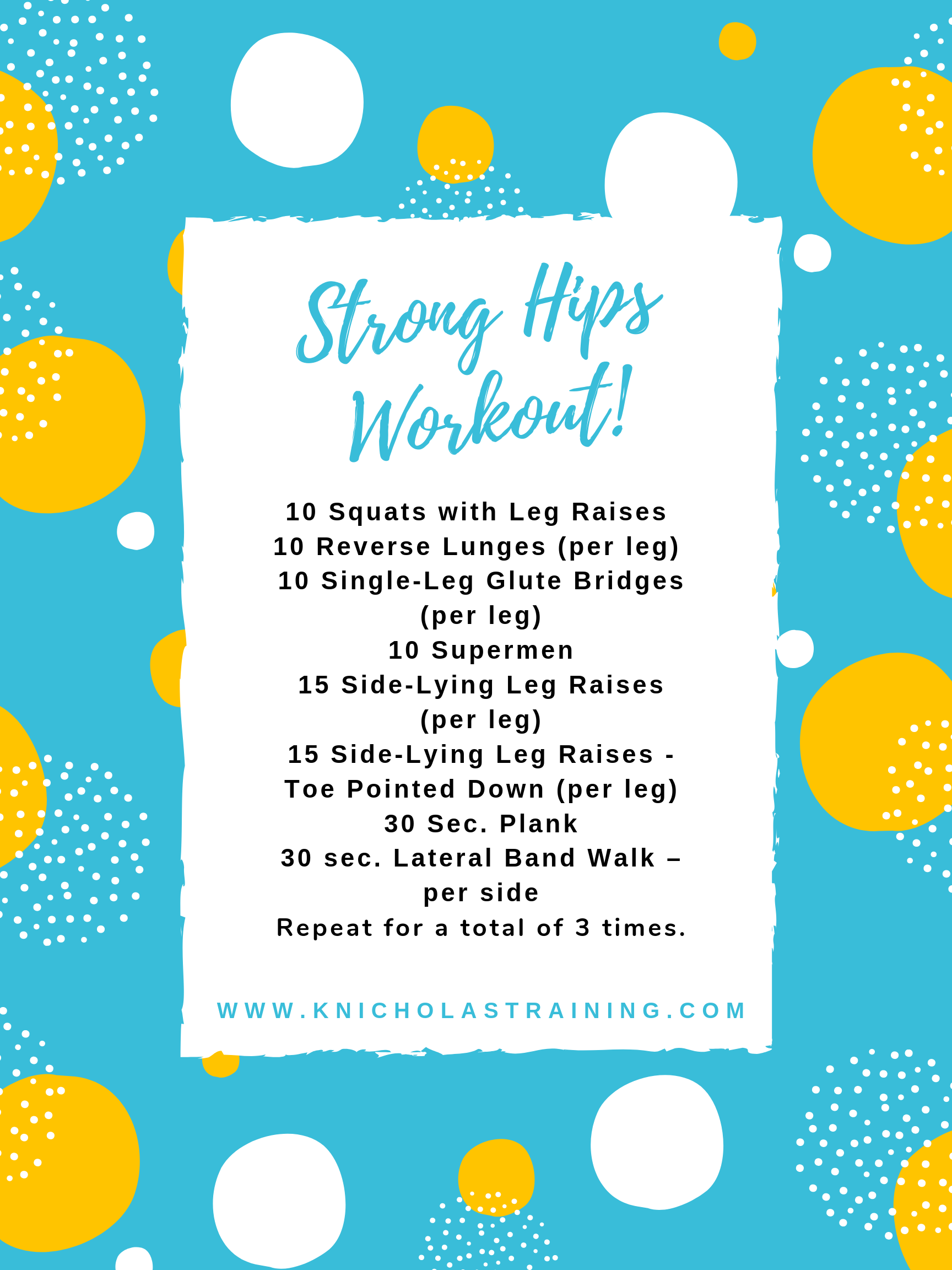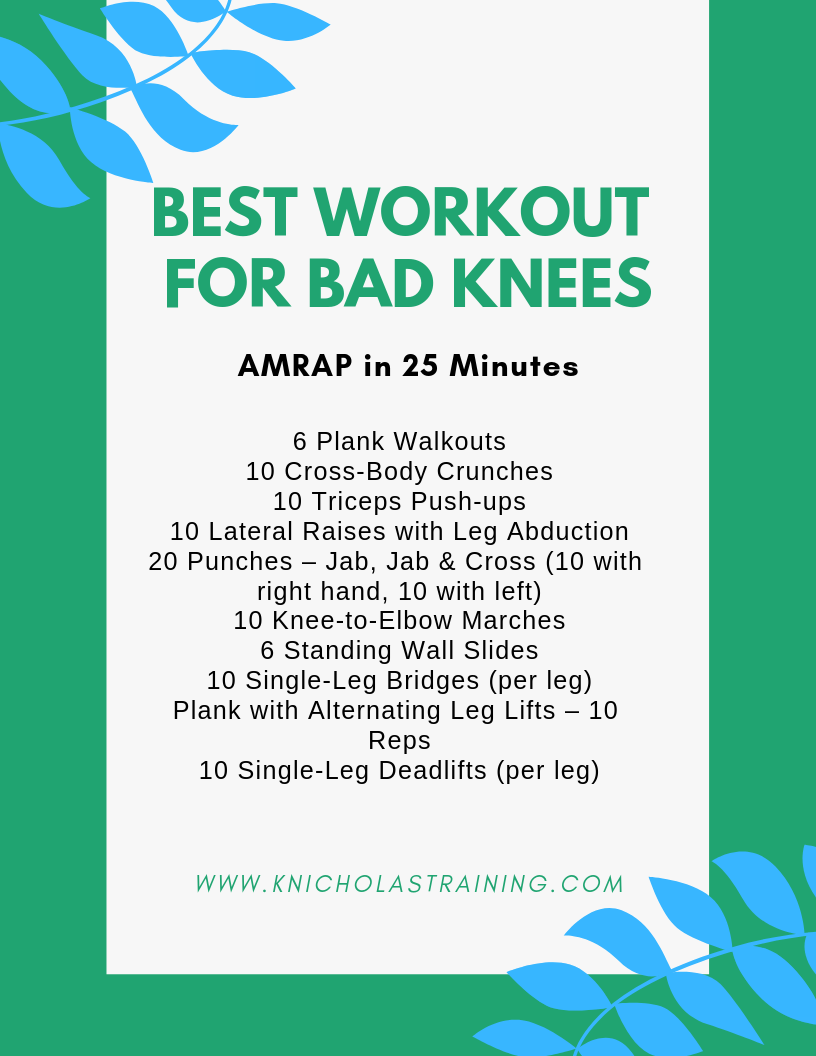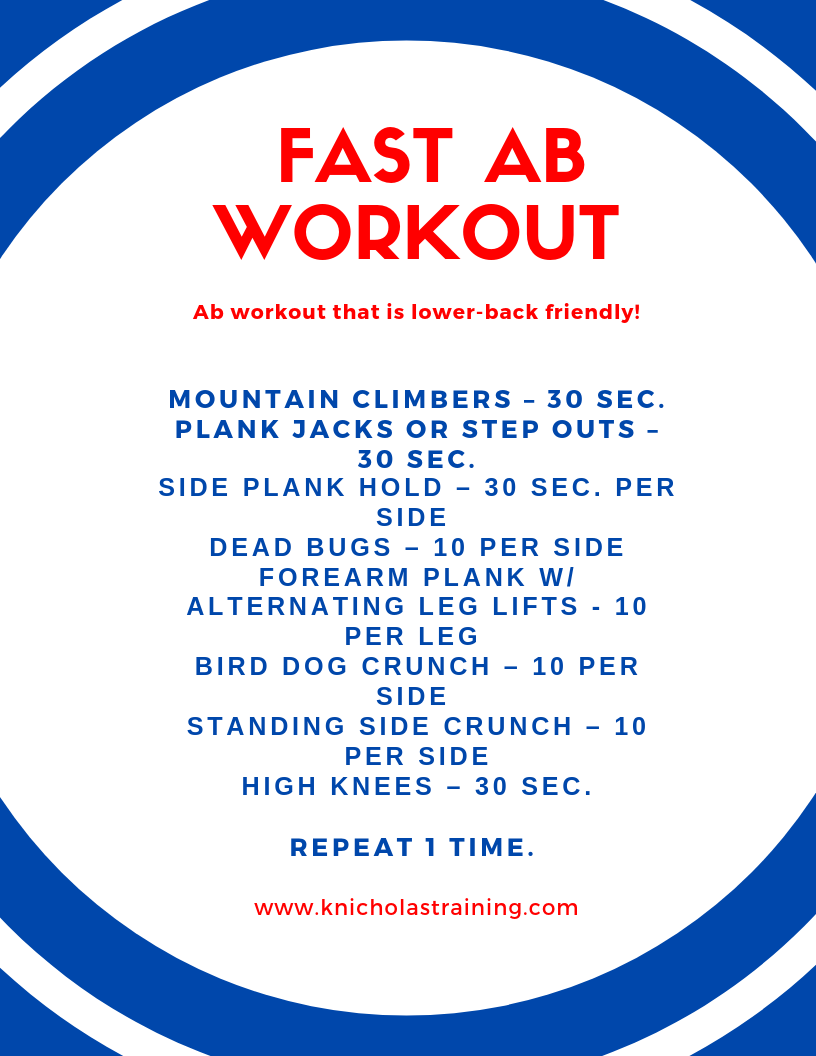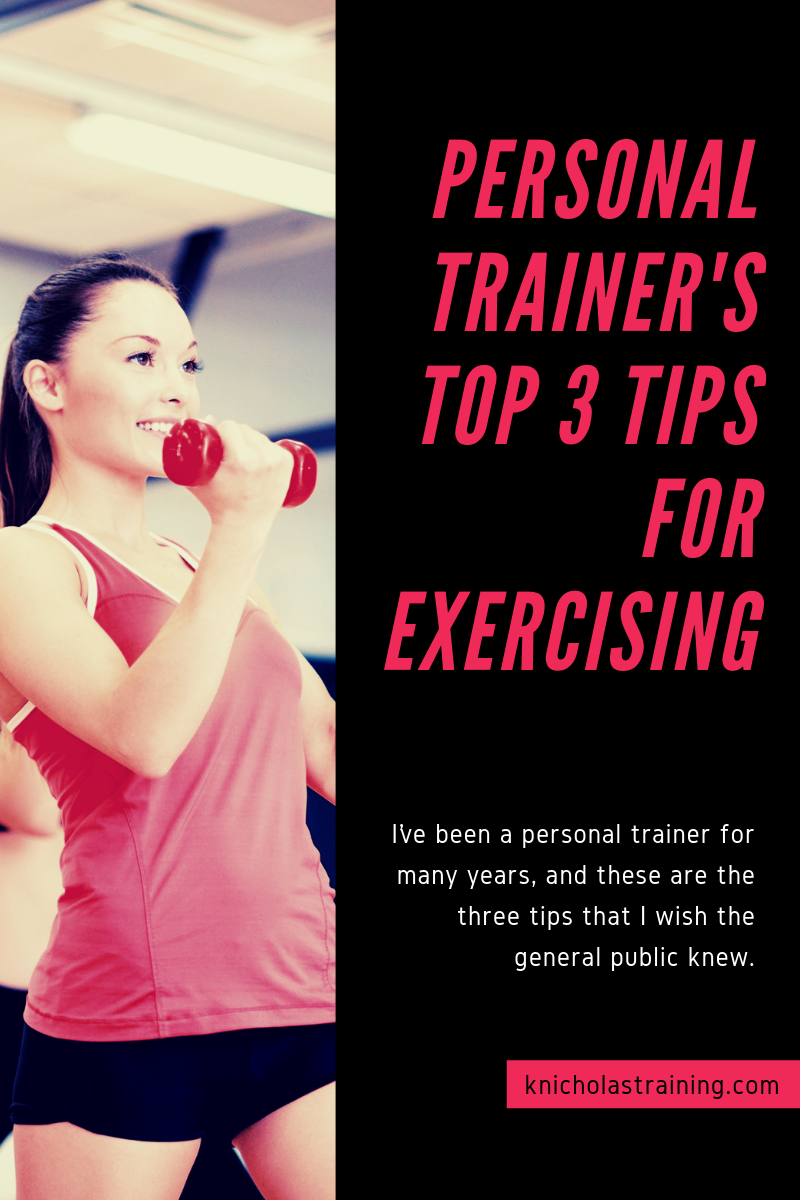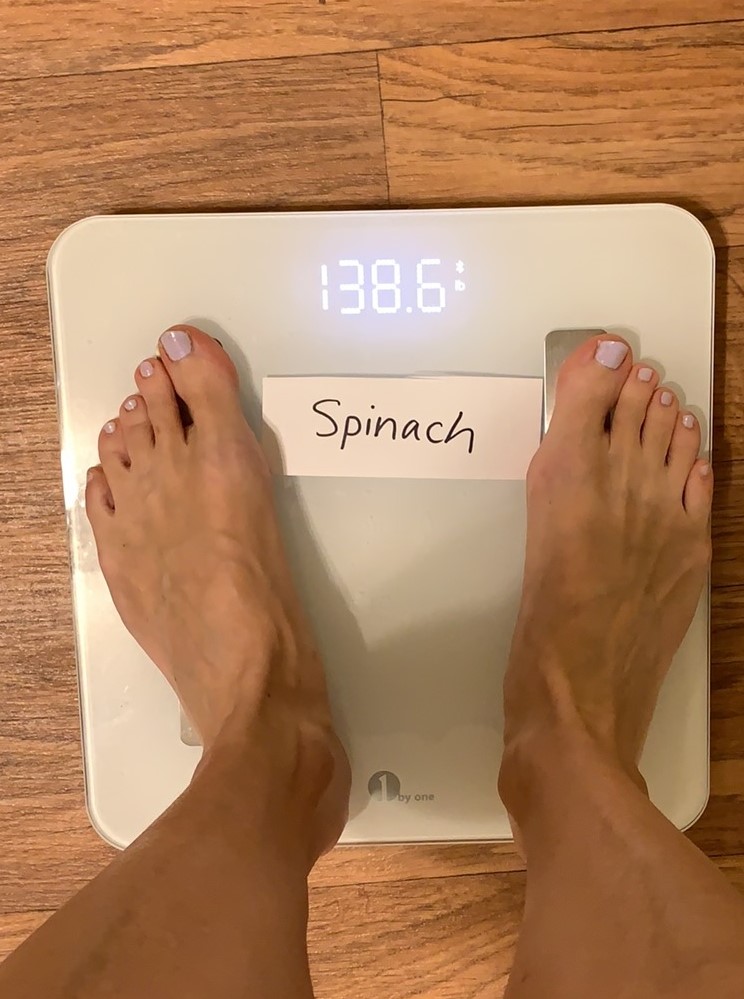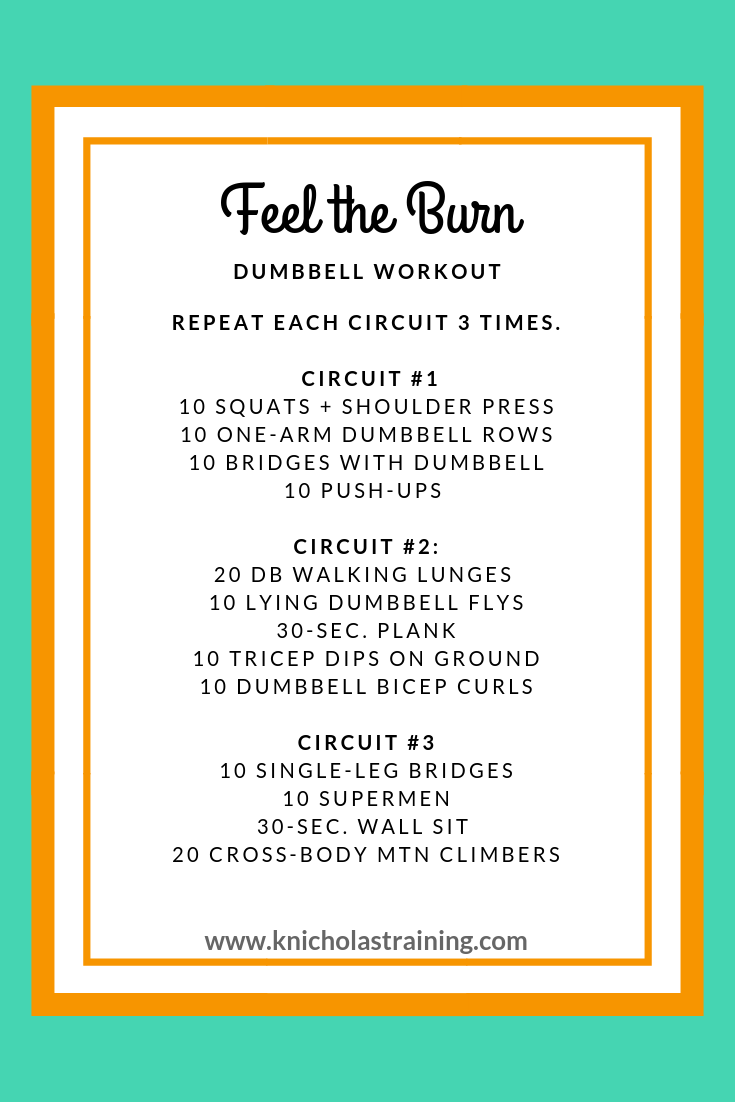What would I tell my 30-year-old self about exercise?
You need this body to be functional and healthy for decades. Listen to your body!
Before I became a trainer, I was ridiculously skilled at getting injured.
My injuries included:
• Torn calf muscle
• Fractured foot
• IT band strain
• Tendinitis in the left knee
• Tendinitis in both of my Achilles' tendons
• Groin strain
The list represents months of rehab, pain, and frustration — and so many crying sessions! I was exercising a lot, but I had no clue what I was doing.
Until I became a trainer, I didn't know what not to do. I followed my instructors in class and did what they told me to do—much to my detriment.
No workout is worth being injured. Listen to your body and do what feels right.
We want to train correctly, safely, and comfortably.
This Week’s Exercise:
We will build on last week's push-up exercise and add in a core movement.
Your core is made up of layers of muscle that support your spine, hips, stomach, pelvis, back, and butt.
You use your core in almost every activity you do.
Anytime you are bending, lifting, twisting, reaching, standing, or sitting, you are using your core. Your core also helps with posture and balance, and it protects your organs.
We will practice forearm planks this week. Planks are one of the best exercises you can do to strengthen your core, and there are a lot of options for skill levels.
We will keep our push-ups from last week and add planks to our routine.
See below for a video tutorial on how to properly (and safely!) do a forearm plank.
Day 1 – 10 push-ups & 15 - 30 sec. plank
Day 3 – 10 push-ups & 15 – 30 sec. plank
Day 5 – 10 push-ups & 15 - 30 sec. plank
Day 6 – Any activity you want – just get moving for 10-15 minutes.
Your core is getting a double workout between the planks and push-ups, so adjust your reps as needed.
If you can’t do all of the reps or plank for the suggested time, no big deal! Exercise is not a one-size-fits-all scenario. Do what works for you!
Try to follow the training schedule as many days as you can!
Want more tips and workouts? Sign up for my email list below.



